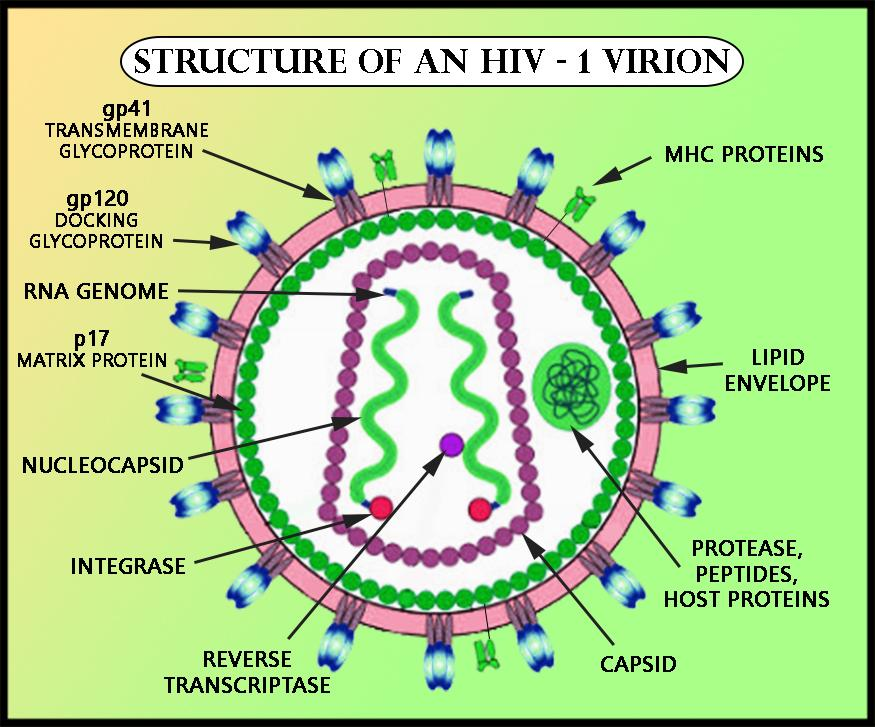Question
Question: \(CD\)-\(4\) receptor is associated with (a) AIDS (b) Cancer (c) Malaria (d) Pneumonia...
CD-4 receptor is associated with
(a) AIDS
(b) Cancer
(c) Malaria
(d) Pneumonia
Solution
The CD-4 receptor is a glycoprotein present on the surface of immune cells. It is depleted in certain diseases and conditions. A disease uses this receptor to enter immune cells and spread infection.
Complete step by step answer:
- CD-4 (cluster of differentiation-4) receptor is a glycoprotein present on the surface of immune cells, such as T-lymphocytes.
- AIDS (Acquired Immunodeficiency Syndrome) is caused due to retrovirus HIV (Human Immunodeficiency Virus) and is mainly characterized by a damaged immune system.
- HIV enters into the helper T-lymphocytes through CD-4. It uses the CD-4 receptor and uses its viral envelope protein gp120 to do so. The binding of gp120 to CD-4 allows the virus entry inside the helper T-cell, thus infecting and destroying it. After the formation and release of more viral particles, more helper T-cells are infected, thus leading to the destruction of the immune system.

So, the correct answer is ‘AIDS’.
Additional Information: AIDS is not a congenital disease. It is transmitted from one person to another through various ways, such as unprotected sex with an infected partner, sharing needles in case of intravenous drug abusers, by transfusion of contaminated blood and blood products, and from an infected mother to her unborn child. Apart from T-lymphocytes, HIV enters the human body through the macrophages. The RNA genome of the virus replicates to form viral DNA with the help of the enzyme reverse transcriptase. Thus, the host cell is infected with viral DNA and is programmed to produce more virus particles. These virus particles then proceed to infect other cells.
Note: A retrovirus is a virus that inserts its RNA into a host with a DNA genome. The virus employs its own reverse transcriptase enzyme to transcribe a copy of DNA from RNA which gets incorporated into the genome.
